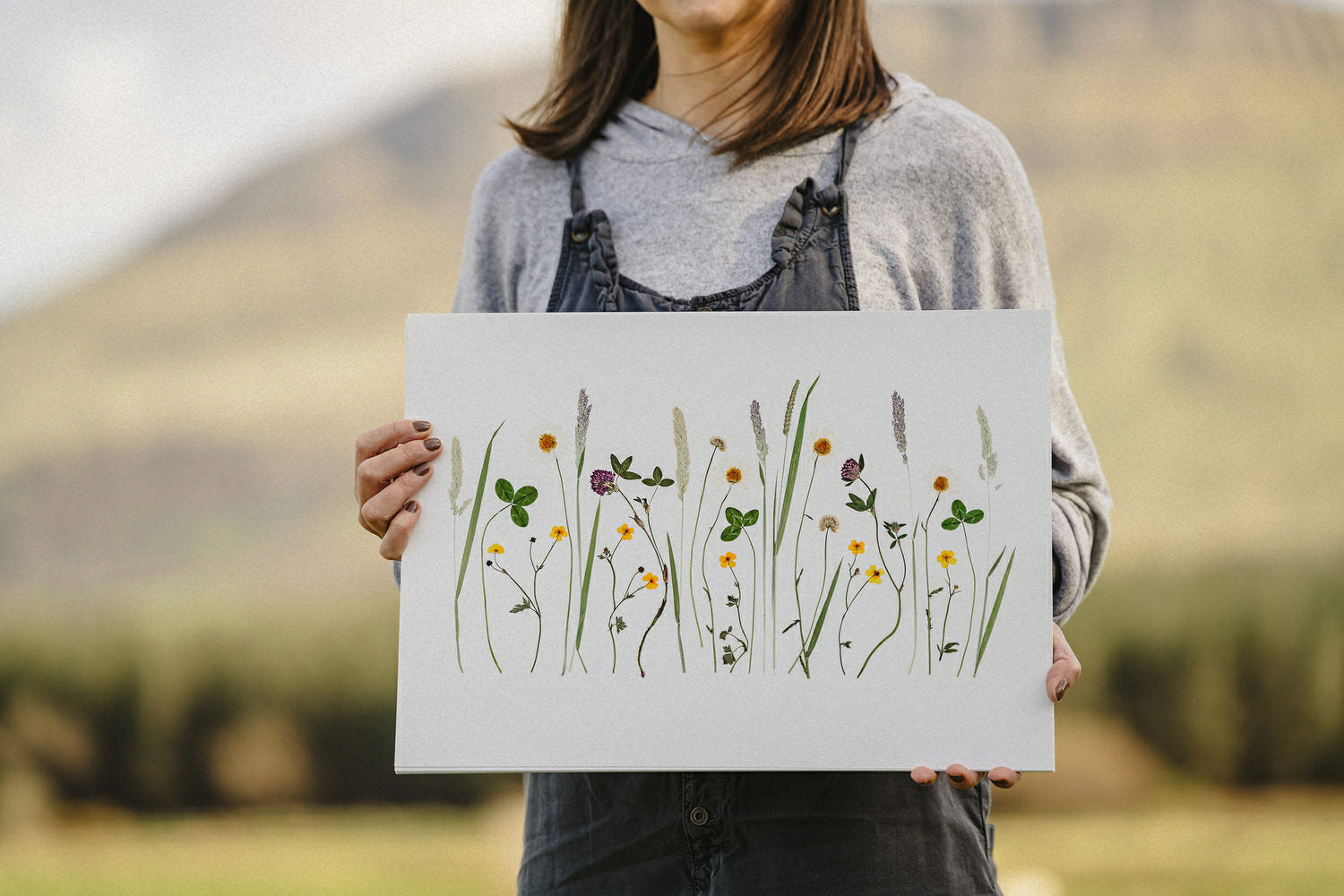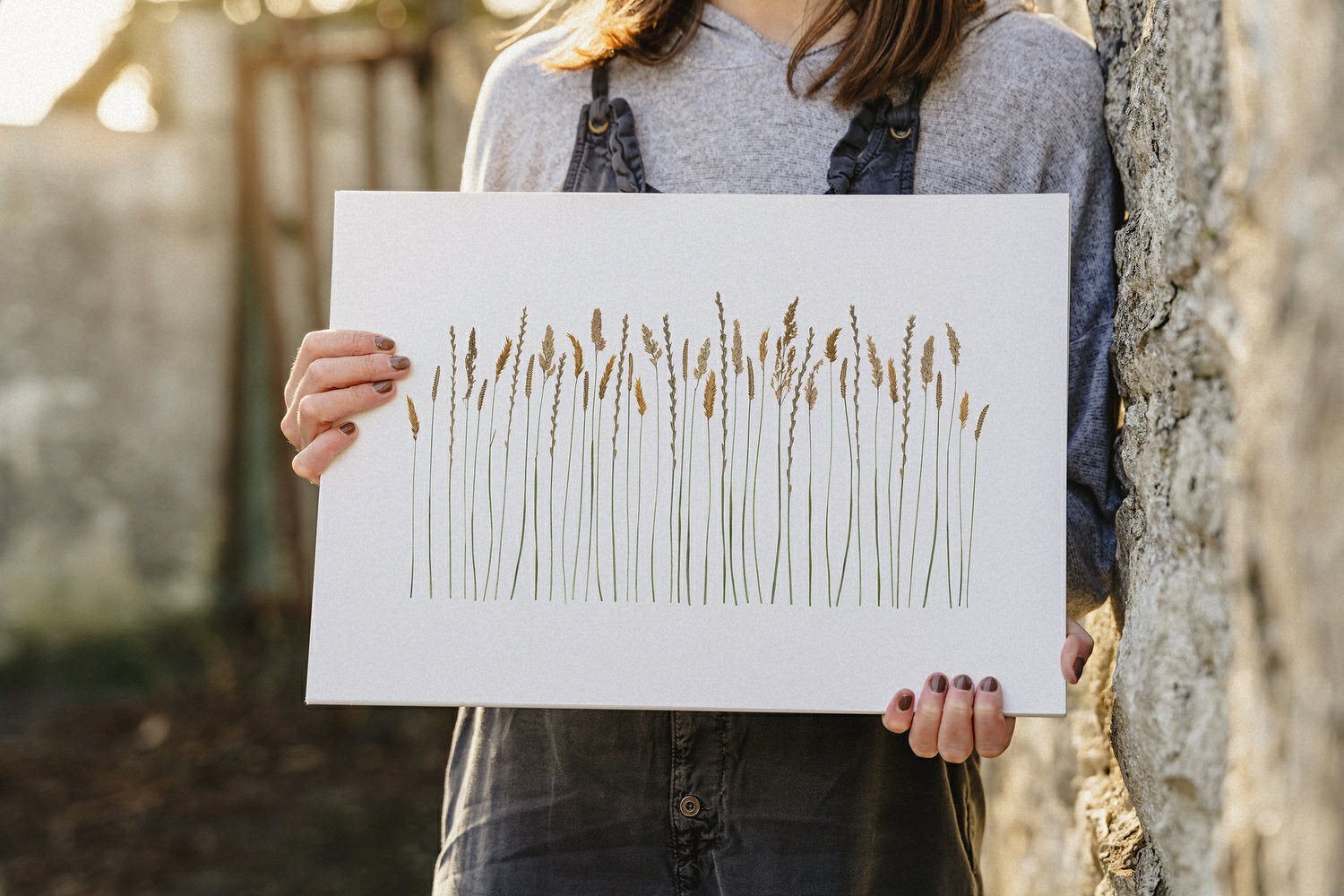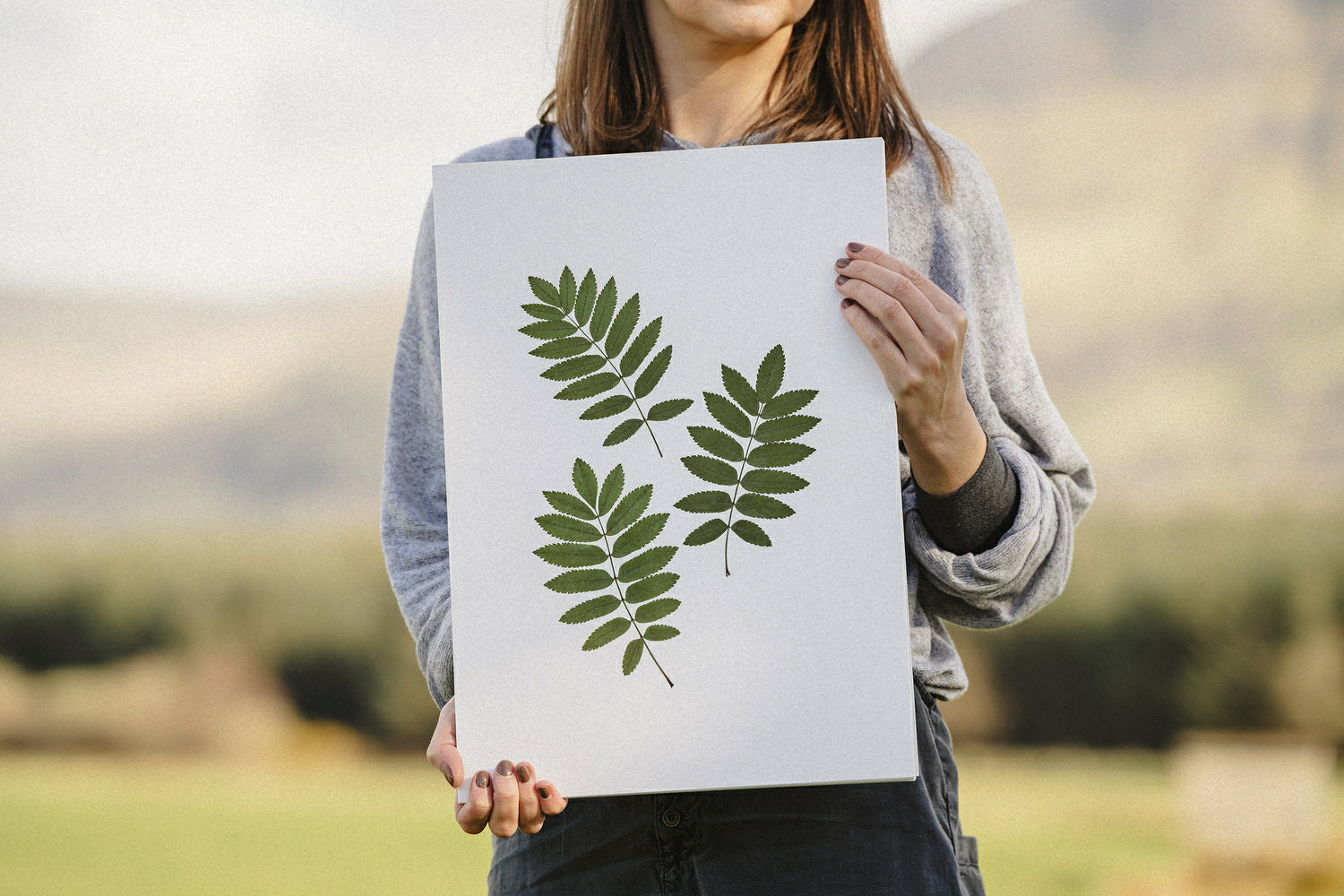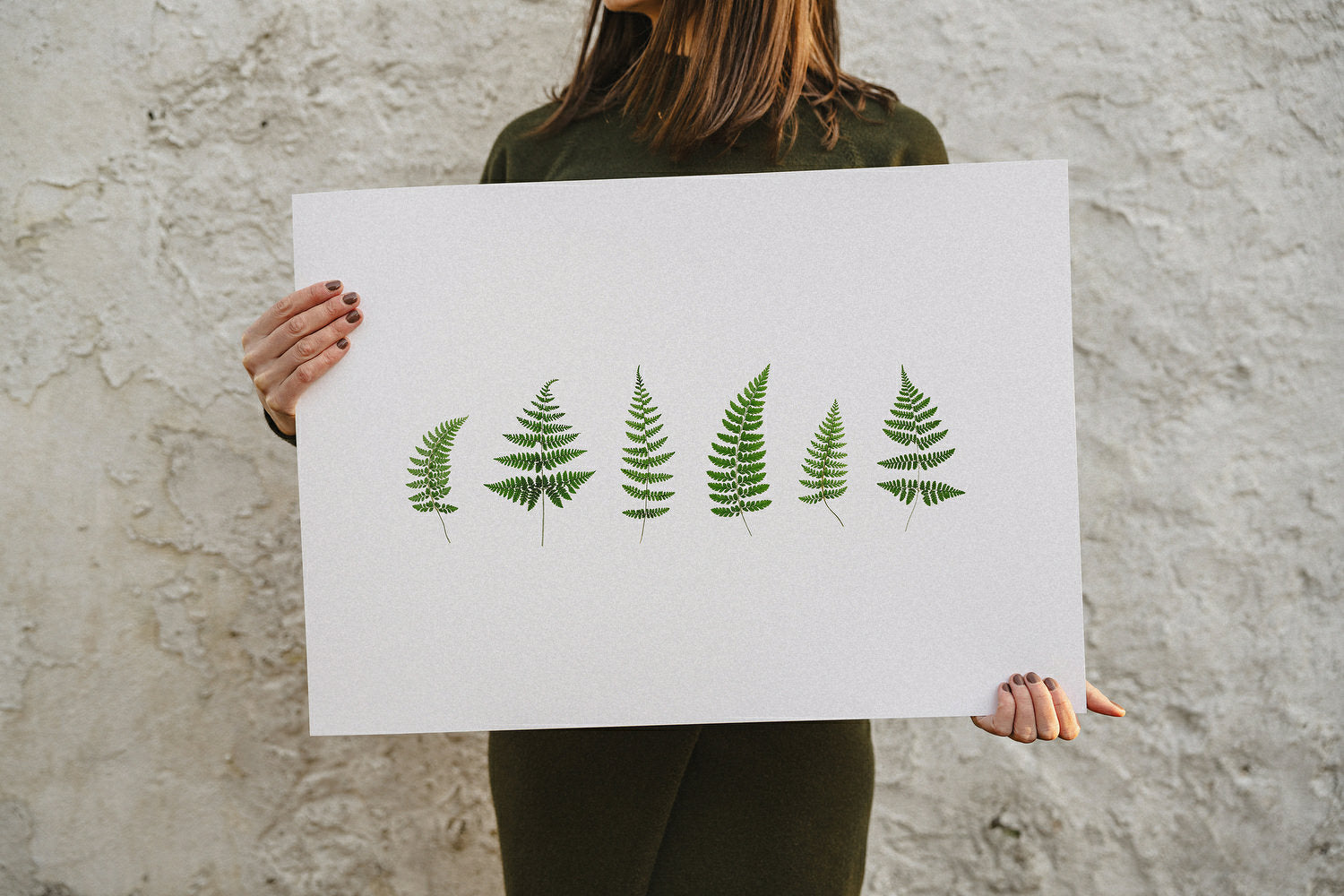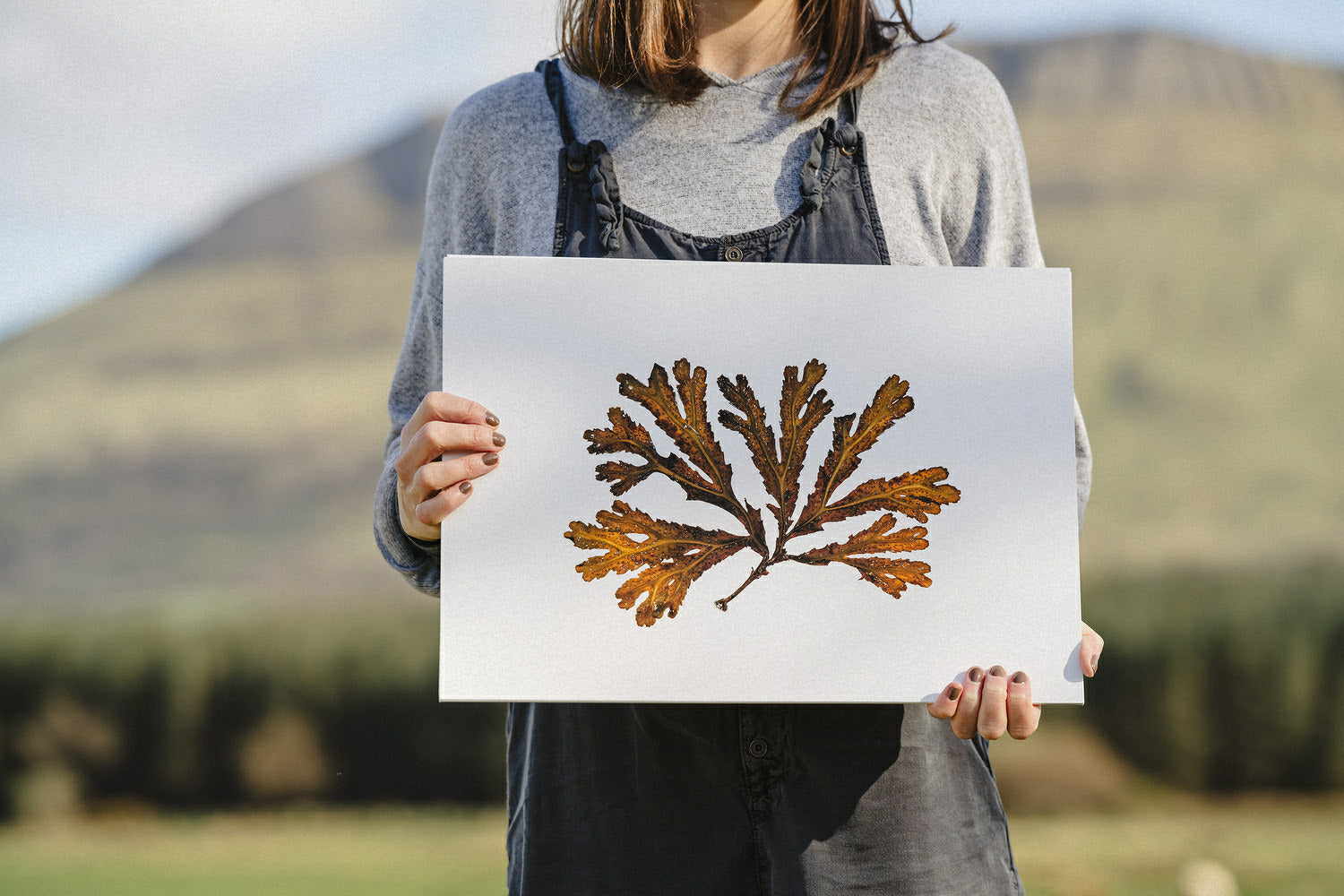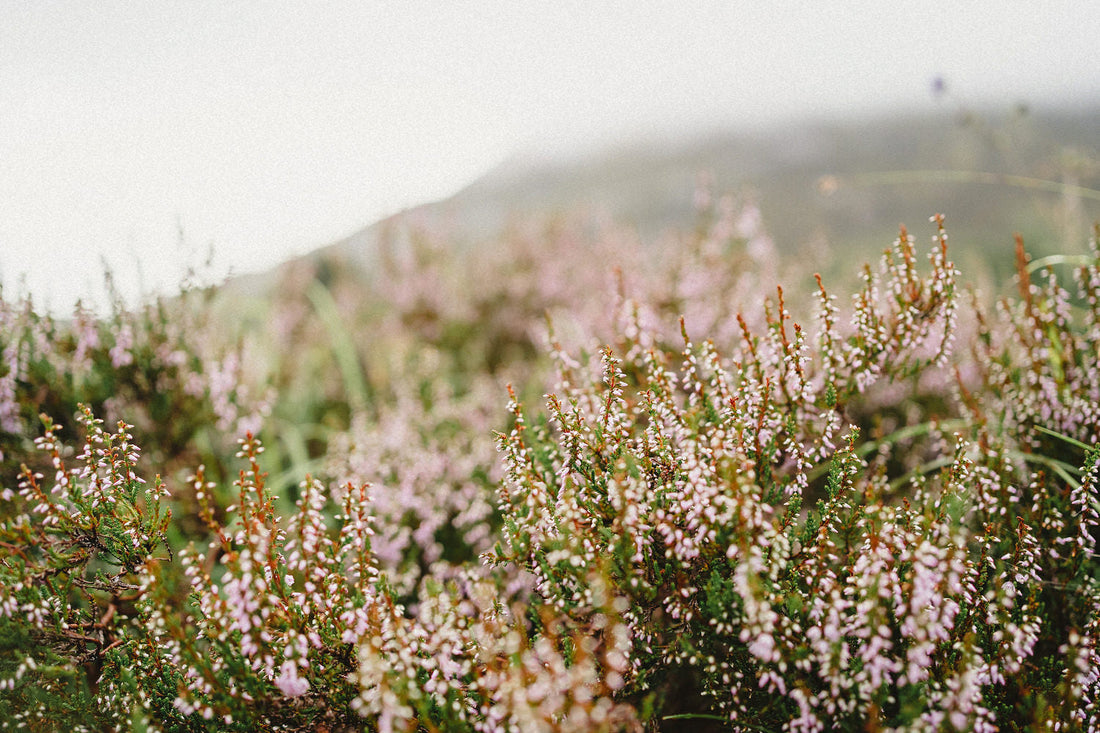
Green, not wild.
Ireland is most famously known as The Emerald Isle. I've lost count of the number of people that visit here that have commented on how green it is. It's so apparent when you fly into the country - all you see is a patchwork of green.
On the surface, Ireland seems natural and lush but the truth is, Ireland is one of the least forested countries in Europe. And of the forest we do have, very little of it is native or ancient. Much of it is plantation - non-native conifers planted for timber, usually in neat, dark rows that don’t support much wildlife or biodiversity.
Most of Ireland’s original woodland has been wiped out over centuries. While you can pin a lot of the blame on those that deforested the country so aggressively, the country has done little in the past hundred years to repair the damage. What remains is fragmented and fragile - tiny pockets of ancient forest that are still holding on. And it’s in these small, often overlooked places where the real richness of the land lives.
When I’m out foraging, I come across this contrast all the time. One moment I’m walking through a plantation where nothing much grows on the forest floor, and then suddenly I’ll hit a patch of oak and hazel and everything changes. There’s birdsong. There’s ground cover. There’s life.
It’s easy to take Ireland’s greenery at face value. But the more time you spend outdoors, the more you notice what’s missing. And that’s not about doom and gloom—it’s just a reminder that we shouldn’t assume “green” means “healthy” or “natural.”
But the good news is, we still have time to protect what’s left - and maybe even restore a little of it. We just have to start seeing the land for what it really is, not what we imagine it to be.
